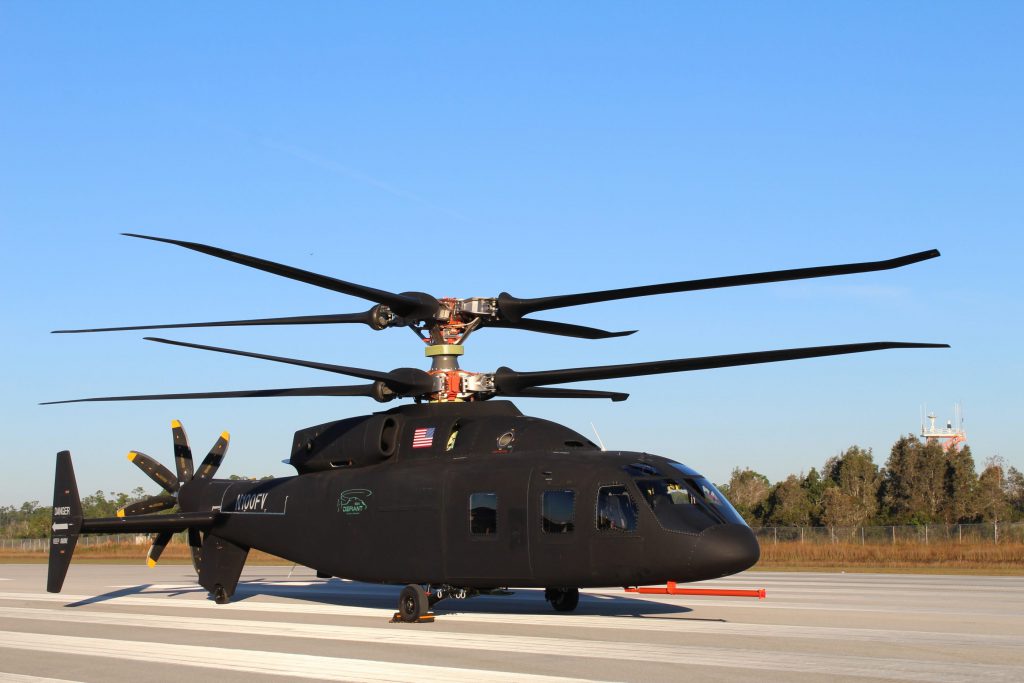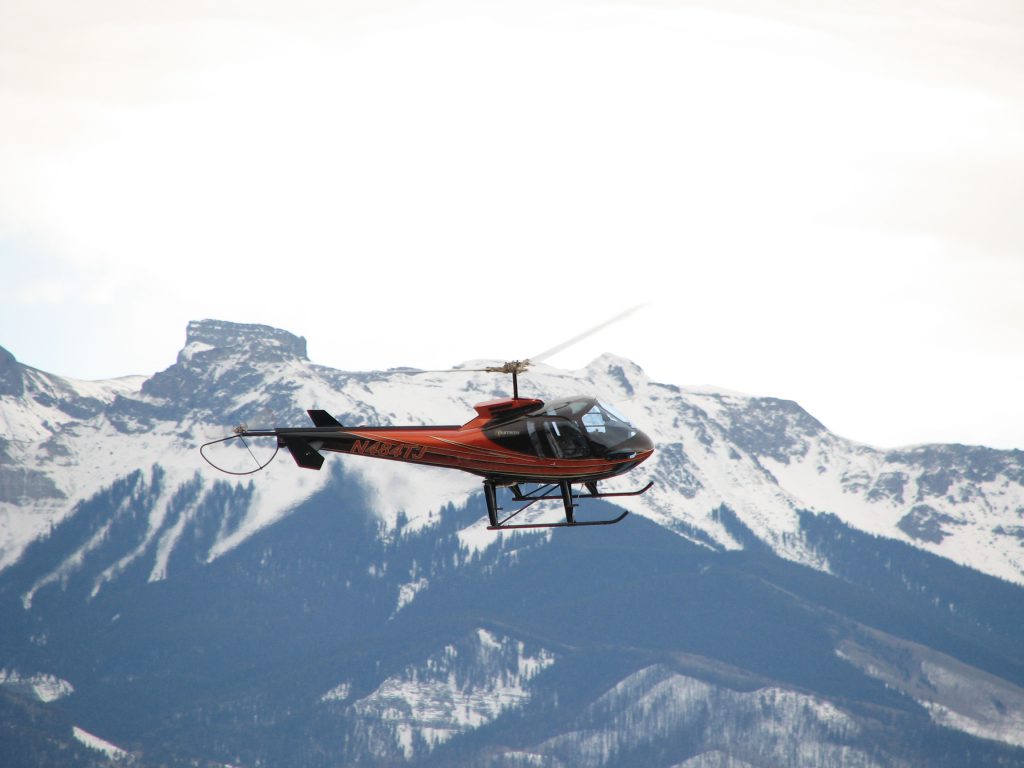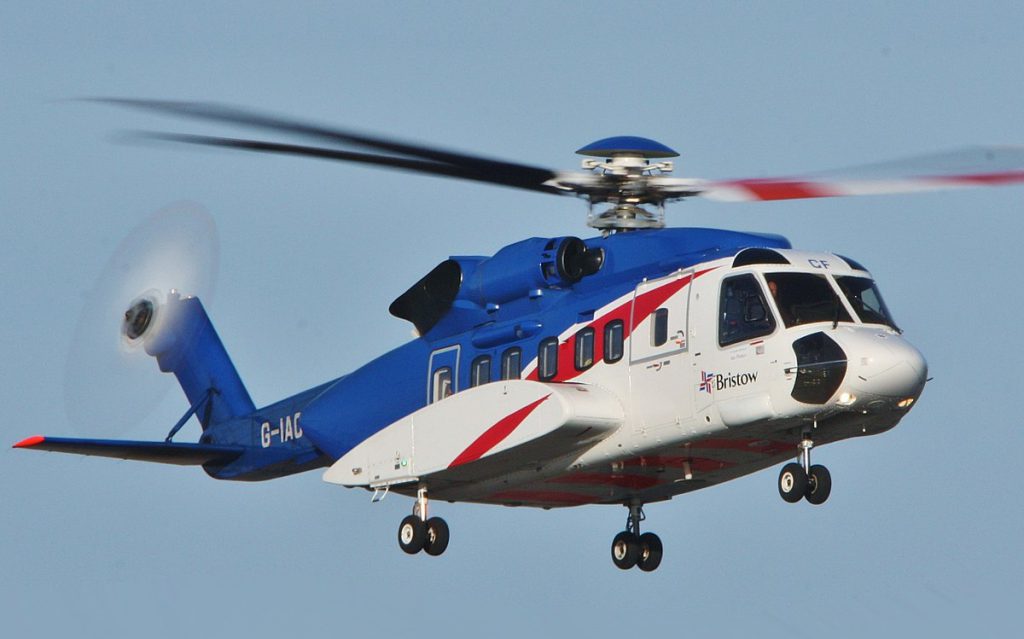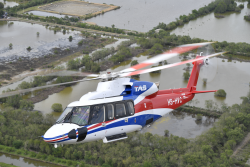Audrey Brady, Sikorsky vice president of commercial systems and services, outlined the company’s plans for significant upgrades to the S-92, including a new main gearbox.
Sikorsky’s A+ upgrade kit for legacy S-92 helicopters will be available for customers in 2023, while the S-92B is planned to enter service in 2025, the company announced on the eve of Heli-Expo 2020. It will reveal prices for both variants on Tuesday at the show.
Audrey Brady, Sikorsky vice president of commercial systems and services, said the timing of the rollouts was designed to accommodate customers’ fleet planning decision cycles. In talking to customers in the ensuing months after Sikorsky first announced the programs last year at Heli-Expo, Sikorsky determined that the ability to retrofit the new main gearbox was their customers’ top priority.
The new gearbox fits into the existing space for the legacy component and provides for increased time between overhaul interval of up to 25 percent. The extra weight of the new gearbox is offset with weight savings elsewhere on the aircraft. Sikorsky has both ground tested and flight tested the new gearbox.
During ground testing, the gearbox ran for more than seven hours and the test was halted only when the engineers got to the time when the helicopter would have run out of a full load of fuel. The new “Phase IV” gearbox was also flown for more than 200 flight hours and also later torn down and inspected in the presence of the FAA.
Notably, the design uses a supplemental fuel pump and additional oil lines to reuse main gearbox oil that is accumulated in a lower sump in the event of primary lubrication failure. While some other OEMs have developed “run dry” gearboxes that can function for between 30 and 50 minutes without primary lubrication, Sikorsky found this of dubious value given the offshore distances some of its customers must fly.
When secondary lubrication kicks in, the event generates a “technical indicator” back to Sikorsky to facilitate troubleshooting once the impacted helicopter lands or returns to base. Brady said customers greeted the new gearbox enthusiastically and want it “as soon as possible.”
The new gearbox can be fitted to existing helicopters as part of the current 1,500-hour inspection, she said, and is just one of several menu items that can be selected for the A+ upgrade. Other options under the upgrade include an increased gross weight kit to 27,700 pounds and an uprated engine, the GE CT7-8A6, that offers better payload capability and high and hot performance. The new engine, which was certified in June, allows customers to operate with both full seats and full fuel under most conditions.
Kit options will be rolled out progressively, Brady said. They also include the previously disclosed Matrix advanced flight computing hardware and software. Matrix enables other new Sikorsky technology such as Rig Approach 2.0 and SuperSearch. For offshore missions, Rig Approach permits the helicopter to fly a mission profile to within a quarter-mile of the helideck on an oil rig.
All of the features on the A+ kit will be incorporated into the B model, along with several other improvements such as 20 percent larger cabin windows, titanium sideframes that increase fuselage service life, and a common cabin door for offshore and SAR missions. Other options are being contemplated for the S-92B, including electrochromatic window shading. Brady said the air conditioning system in the current S-92 is sufficiently robust to compensate for any increased solar heating due to the larger window area.
Sikorsky’s communications manager, Eric Schnaible, said the A+ and the B models demonstrate Sikorsky’s ongoing commitment to the civil helicopter market.
Source: ainonline.com / Mark Huber





